Jaguar I-Pace EV400
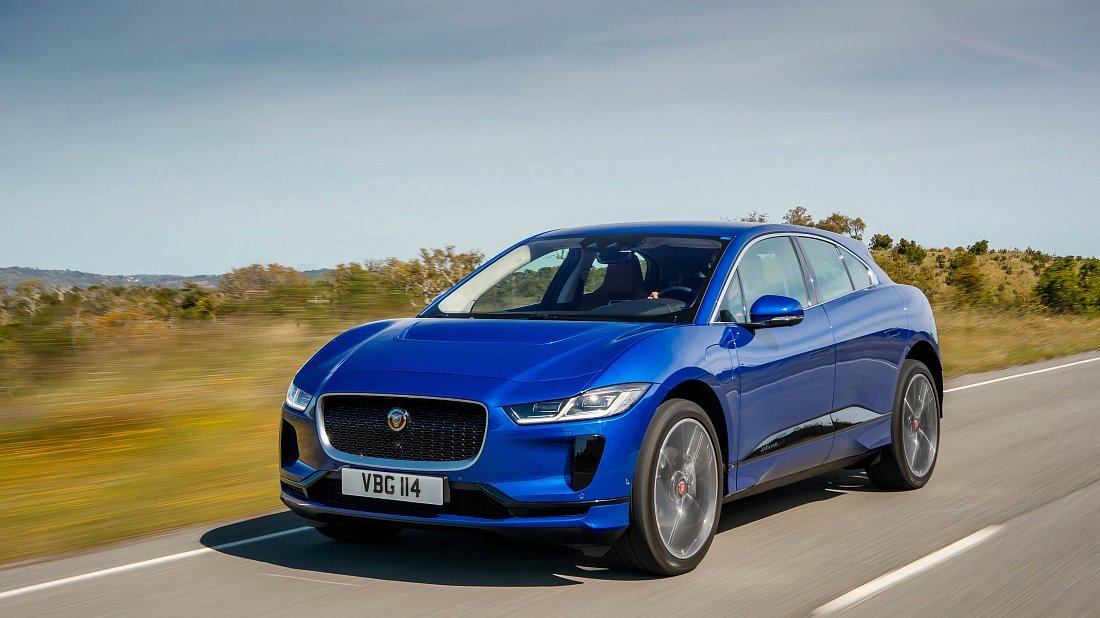
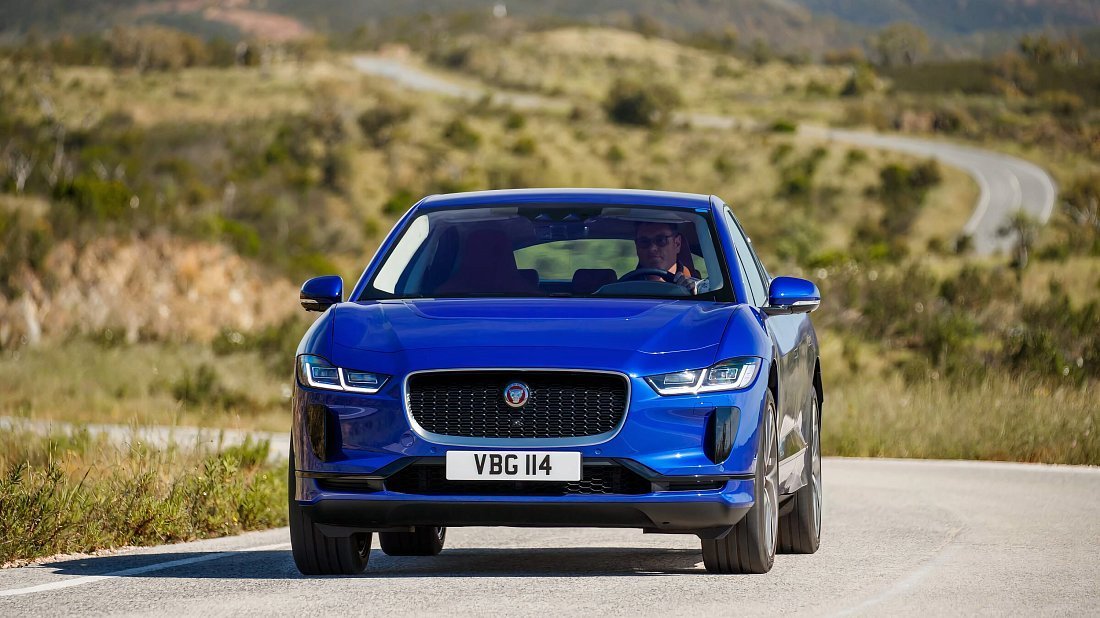
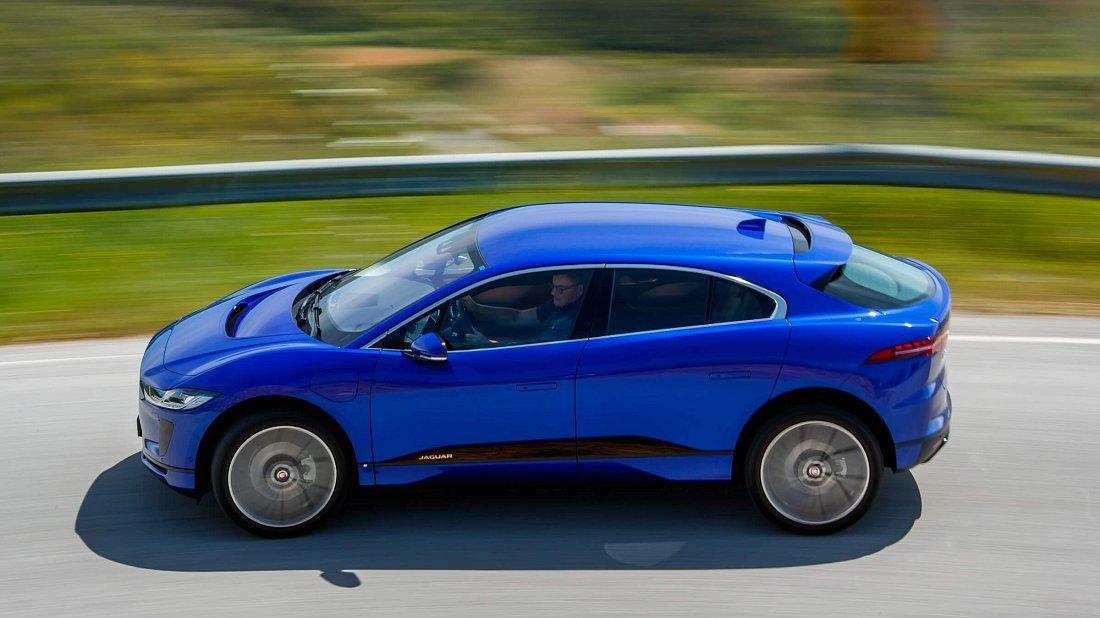
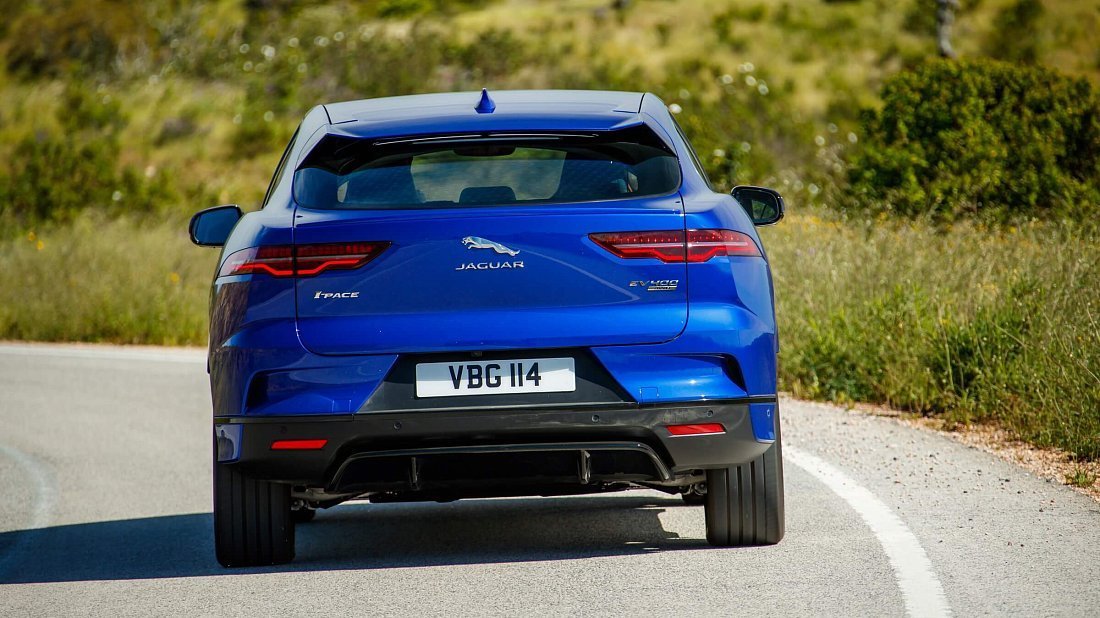
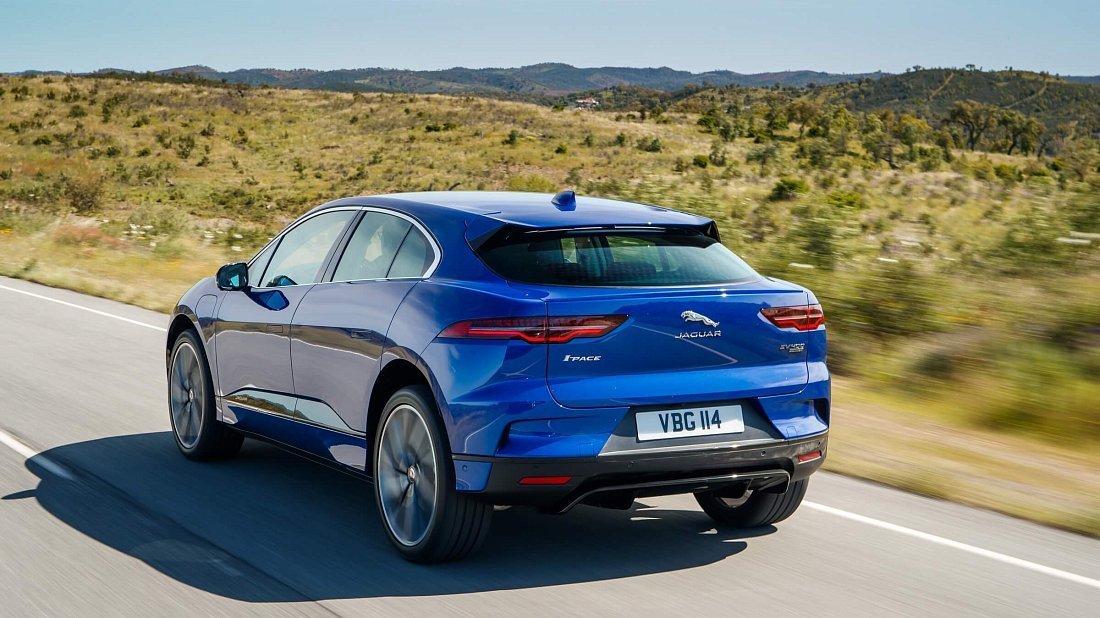
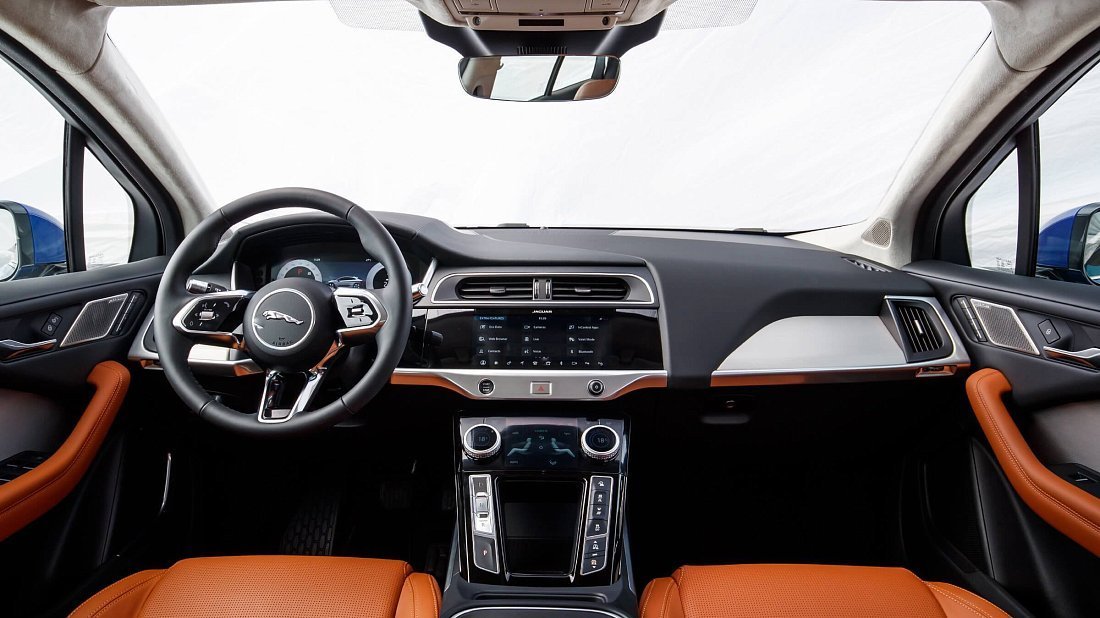
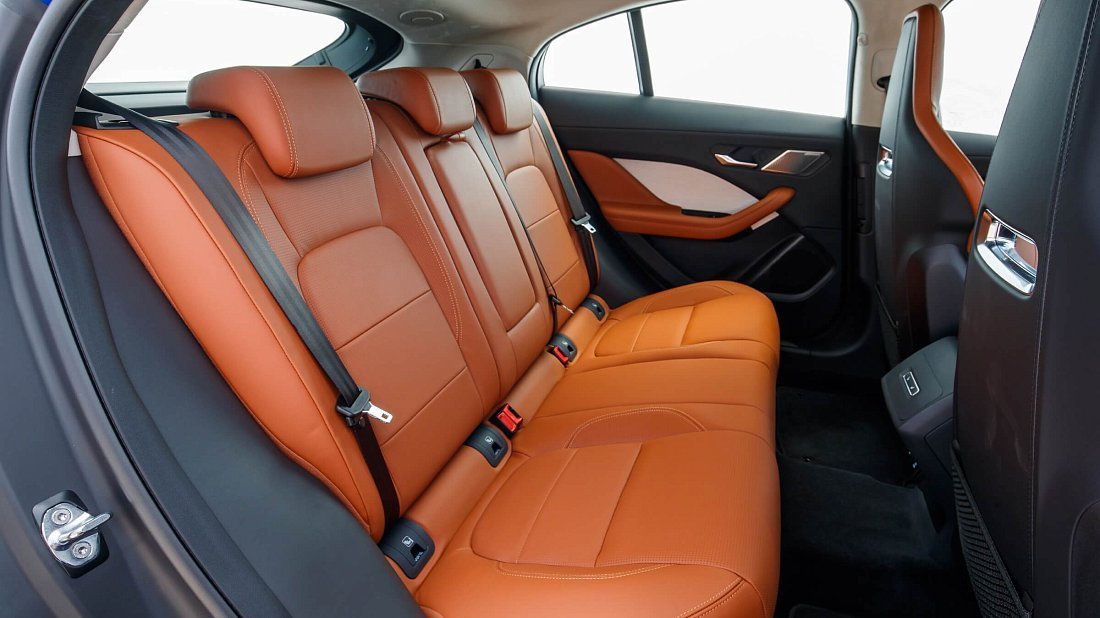
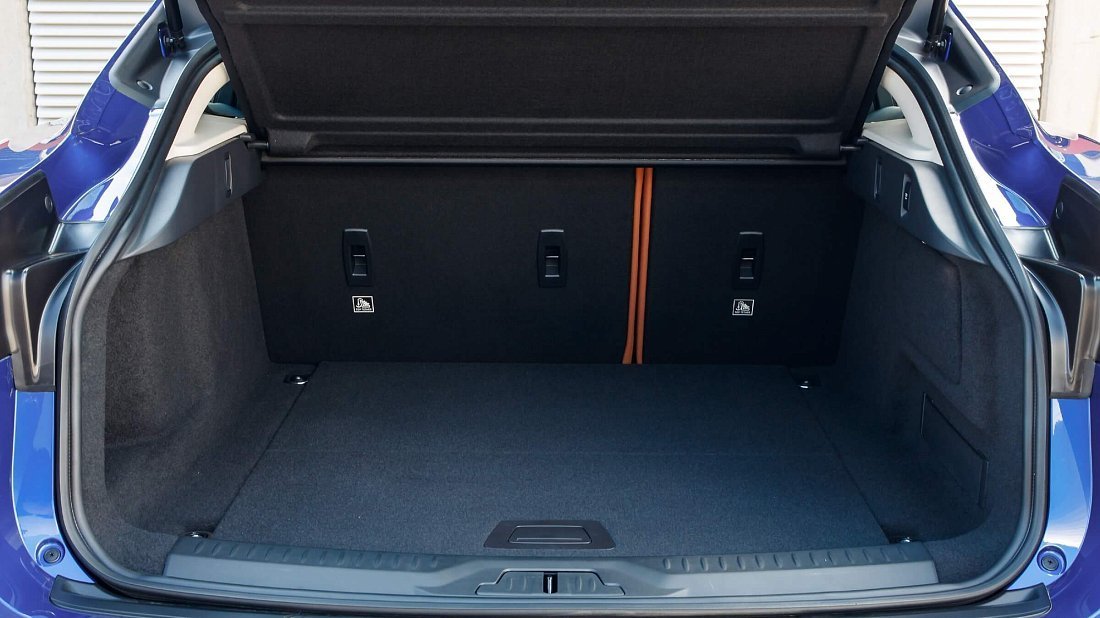
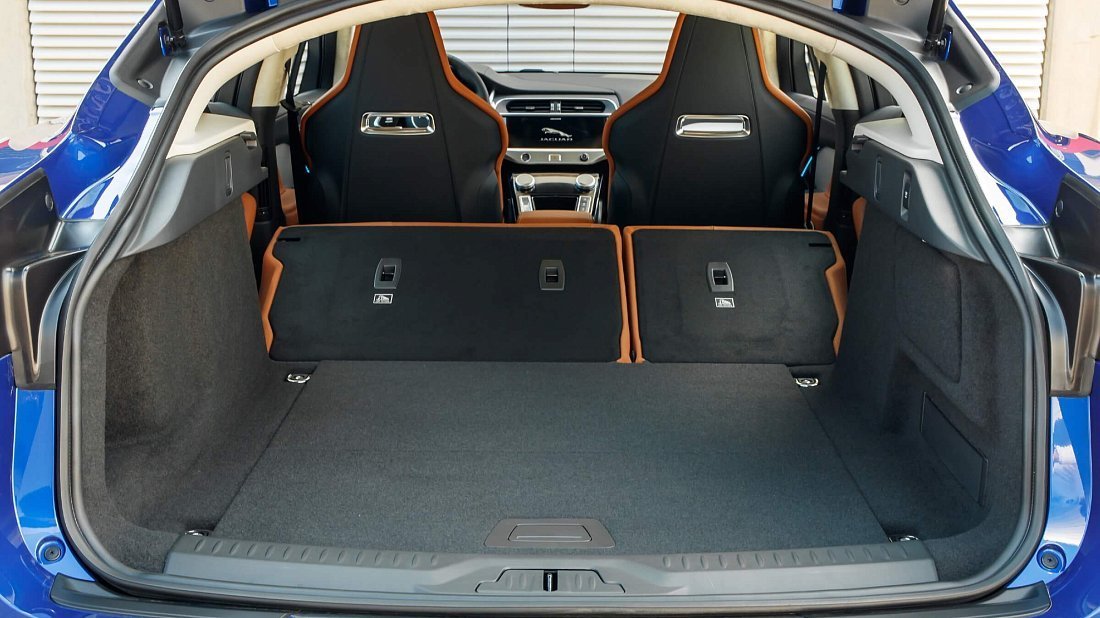
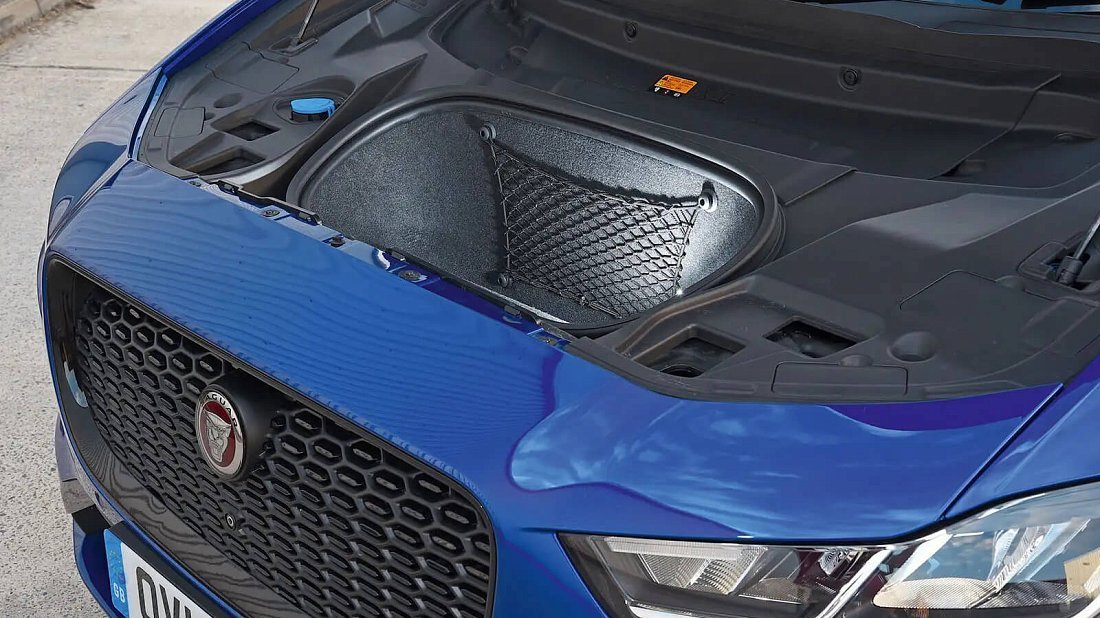
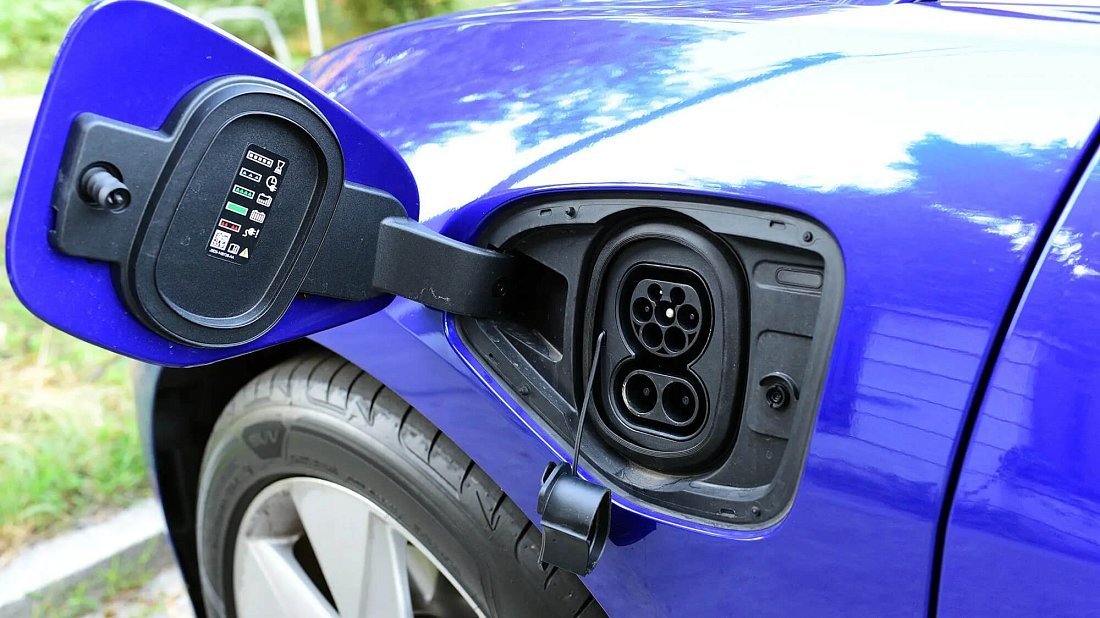
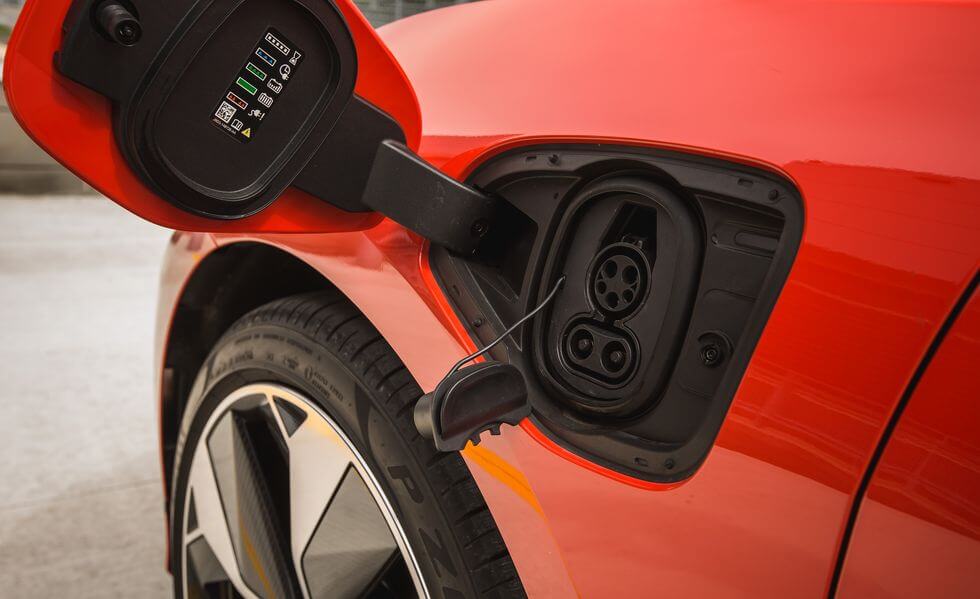
Overview
Main Overview Information
- Price USA (New)
- No Data
- Price USA (Used)
- $19,499
- Country of Manufacture
-
- Austria
![Austria Austria]()
- Austria
- Years of Production
- 2018-2020 (Discontinued)
- Body Style
- SUV
![]()
- Market Availability
- EU, USA
Pros and Cons
Reasons to Buy
- Striking, concept-car looks
- Engaging, sporty handling
- Luxurious, premium interior
- Quick, responsive acceleration
- Standard AWD confidence
Reasons Not to Buy
- Clunky infotainment system
- Modest real-world range
- Slower DC fast charging
- Poor rear visibility
- Firm ride quality
Overview
The 2020 Jaguar I-Pace EV400 was a truly groundbreaking electric SUV, arriving with stunning concept-car looks and seriously engaging performance. This sleek cat pounced into the burgeoning luxury EV scene, offering a distinctive British alternative with its driver-focused handling and sophisticated cabin. The EV400, its primary configuration, boasted dual motors for confident all-wheel-drive. Though this specific version's production concluded in 2020, it carved a niche as a desirable performance EV, with used examples now available around $19,499. It was a bold statement, proving electric cars could be both thrilling and luxurious.
What's New for 2020?
For the 2020 model year, the Jaguar I-Pace EV400 largely carried over its impressive package from the 2019 debut. While more significant updates like the Pivi Pro infotainment system and a faster 11kW onboard AC charger were slated for the 2021 refresh, 2020 models did gain standard Apple CarPlay and Android Auto – a crucial connectivity upgrade for US drivers. Jaguar also continued to deploy over-the-air software updates aimed at optimizing battery performance and efficiency. So, it was more about subtle enhancements than a major overhaul for this particular year of the pioneering EV.
Design & Exterior
The 2020 Jaguar I-Pace EV400 turns heads with its dramatic, cab-forward design that looks like it rolled straight off a motor show stand. It's a sleek, sporty SUV with a low-slung silhouette, measuring 184.3 inches in length, 74.6 inches in width (excluding mirrors), and a mere 61.6 inches in height. Signature details include the distinctive grille, slim LED headlights, flush door handles, and a swooping roofline. The EV400 trim maintained this futuristic aesthetic, often complemented by stylish alloy wheels, making it a standout on American roads and a true piece of automotive sculpture.
Interior, Tech & Cargo
Inside, the 2020 I-Pace EV400 impresses with a modern, luxurious cabin featuring quality materials and a distinctive twin-touchscreen (Touch Pro Duo) infotainment setup, which gained standard Apple CarPlay and Android Auto for 2020. It comfortably seats five, offering good passenger space. For your gear, there's a practical 25.3 cubic feet of trunk space, expanding to a generous 51 cubic feet with the rear seats folded. Plus, a handy 1 cubic foot frunk under the hood adds a bit more versatility for smaller items. It’s a tech-laden and thoughtfully designed interior.
Performance & Driving Experience
The 2020 Jaguar I-Pace EV400 is seriously quick, bolting from 0-60 mph in just 4.5 seconds! This electrifying pace comes courtesy of its dual Permanent Magnet Synchronous Motors – one at the front, one at the rear – delivering a combined 394 horsepower and a muscular 513 lb-ft of torque for instant all-wheel-drive grip. It handles brilliantly for an SUV, feeling agile and planted due to its low center of gravity. The ride is composed, and adjustable regenerative braking allows for one-pedal driving. It’s an EV that truly engages the driver.
Range, Battery & Charging
Powering the 2020 I-Pace EV400 is an 84.7 kWh usable battery pack, providing a Green Cars Compare calculated real-world range of approximately 233 miles. Its efficiency is rated at 2.75 mi/kWh. For charging, the standard 7 kW onboard AC charger can replenish the battery overnight in about 12 hours. When you need a quicker boost, the US-spec CCS Type 1 port, typically located on the front driver-side fender, supports DC fast charging at up to 100 kW. This can take the battery from a low state to 80% in around 40-45 minutes.
Safety & Driver-Assistance Features
The 2020 Jaguar I-Pace EV400 scored a top 5-star rating from Euro NCAP. While specific NHTSA ratings for this model year might be limited, it came equipped with a suite of safety tech. Standard features typically included autonomous emergency braking, lane keep assist, traffic sign recognition, and a driver condition monitor. Advanced driver-assistance systems like adaptive cruise control with steering assist, blind-spot monitoring, and a 360-degree surround-view camera were often available as part of optional packages or on higher sub-trims, enhancing driver confidence and passenger protection.
Warranty & Maintenance Coverage
For the 2020 I-Pace EV400, Jaguar typically offered its "EliteCare" package in the US. This comprehensive coverage usually included a 5-year/60,000-mile new vehicle limited warranty and complimentary scheduled maintenance for the same period. Crucially for an EV, the high-voltage battery was generally covered by an 8-year/100,000-mile warranty, often guaranteeing at least 70% of its original capacity. This robust coverage provided early adopters with significant peace of mind, addressing common concerns about electric vehicle ownership and long-term running costs.
Previous Generation
There are no earlier versions of this carNext Generation
Similar Electric Cars
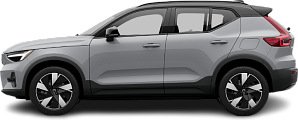
- Discontinued
- 2020-2021
- Real Range
- 214 mi
- 0-60 mph
- 4.7 s
- Price (USA)
- $17,998

- Discontinued
- 2021-2022
- Real Range
- 225 mi
- 0-60 mph
- 4.5 s
- Price (USA)
- $22,780
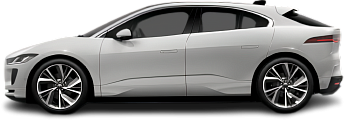
- Discontinued
- 2020-2024
- Real Range
- 237 mi
- 0-60 mph
- 4.5 s
- Price (USA)
- $23,999
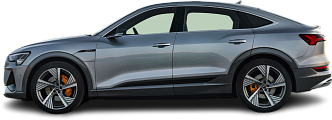
- Discontinued
- 2020-2022
- Real Range
- 218 mi
- 0-60 mph
- 5.5 s
- Price (USA)
- $25,950
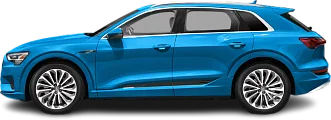
- Discontinued
- 2019-2022
- Real Range
- 217 mi
- 0-60 mph
- 5.5 s
- Price (USA)
- $18,500
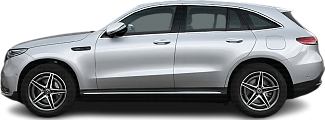
- Real Range
- 226 mi
- 0-60 mph
- 4.9 s



 Jaguar I-Pace EV400 (2020-2024)
Jaguar I-Pace EV400 (2020-2024)